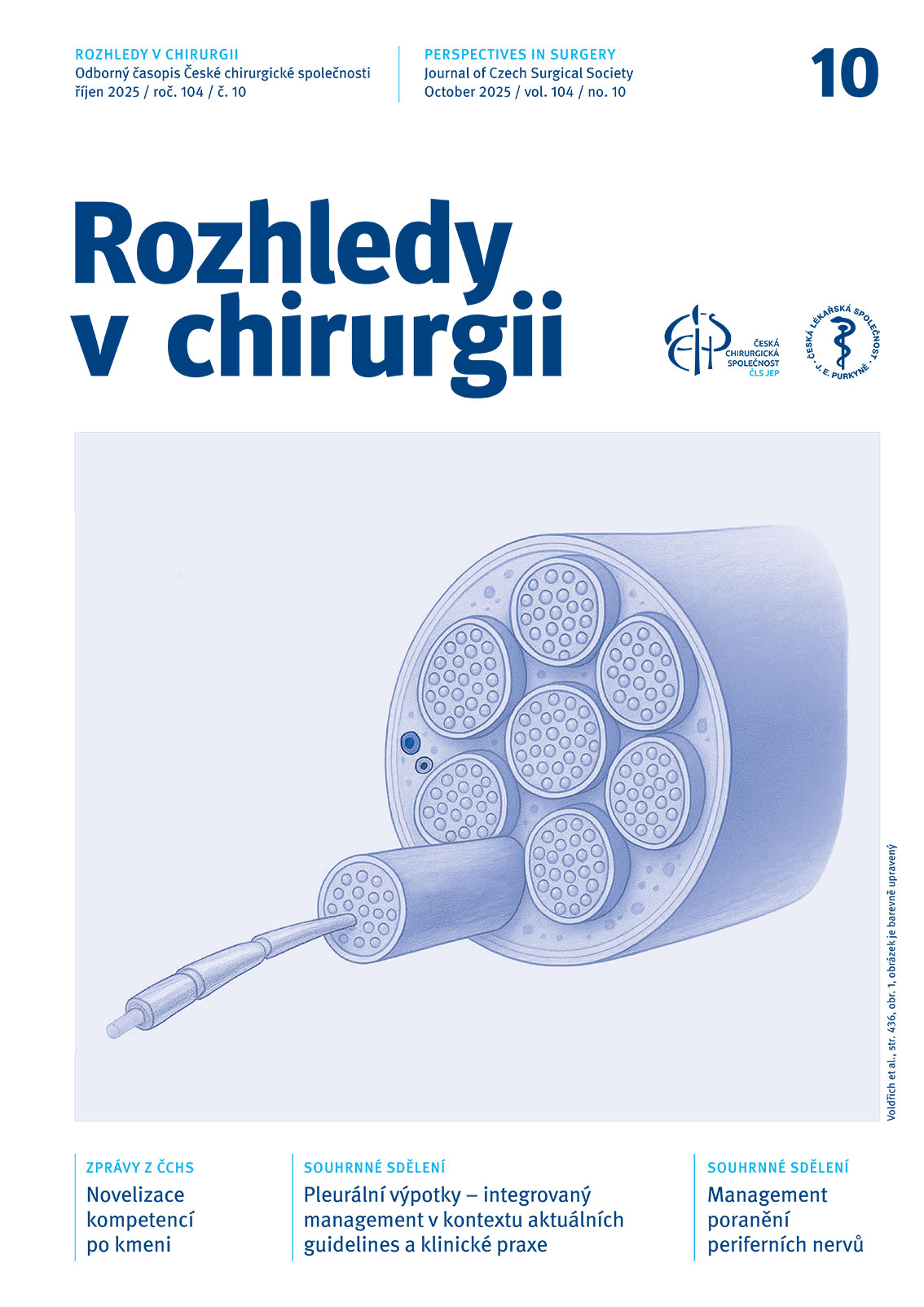Abstract
Peripheral nerve injury (PNI) is defined as a disruption of the nerve’s structure resulting in a loss of function. Discoveries in the 18th and 19th centuries transformed the understanding of nerve pathophysiology and laid the groundwork for current knowledge, including the processes of central stump regeneration and peripheral stump degeneration (Wallerian degeneration). While lower-grade PNI can heal spontaneously, the disruption of axonal and endoneurial continuity often requires surgical intervention. Surgical indications should be guided by clinical examination and imaging methods; however, electromyography (EMG) plays a pivotal role in planning. Open PNI, such as in a sharp injury, should be treated immediately with primary suture (neurorrhaphy). In contrast, for closed injuries, revision surgery is considered based on EMG findings 3–4 months post-injury, when spontaneous nerve regeneration has been ruled out. Surgical options include neurolysis, neurorrhaphy, nerve grafting, or nerve transfer. The choice of the procedure depends on the extent, nature, and location of the PNI. Key prognostic factors include the timing and precision of the surgery, the distance of the injury from the target organ, the length of any nerve defect, as well as the patient’s age and comorbidities. Intensive postoperative rehabilitation is an essential part of comprehensive care. Approximately 50–75% of PNI patients regain satisfactory nerve function. Future concepts with potential to improve this outcome include synthetic nerve grafts, immunomodulators, stem cells, and optogenetic modulation of injured nerve behavior.
doi: 10.48095/ccrvch2025434


